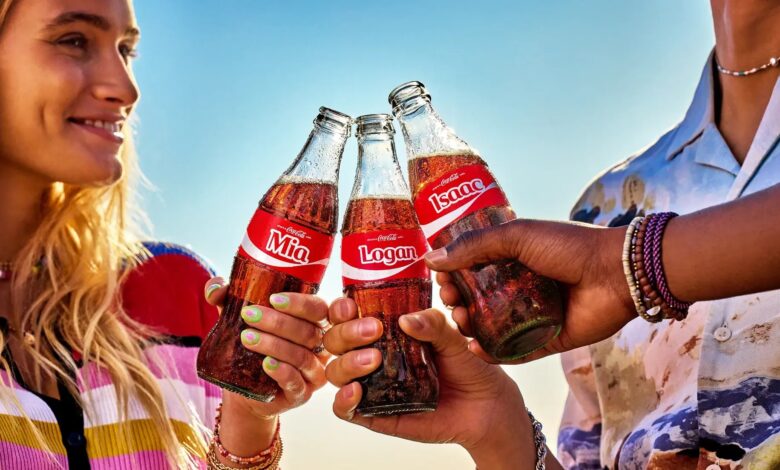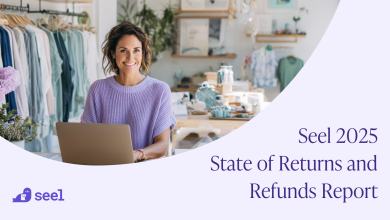
AI is more than streamlining and automation, it’s all about understanding the consumer to effectively predict their behaviour. Personalisation and precision are your most powerful engagement strategy for marketers.
The marketing landscape is pioneered by creativity, progressive thinking, and a great understanding of what people want. Yet predicting trends in consumer behaviour has always been more challenging – until AI.
Looking Beyond Automation
Although the consumer has always been at the crux of marketing campaigns, they’ve never been more central than with hyper-personalisation, which turns adverts and marketing content into individually tailored experiences. Consider Spotify Wrapped and its ‘Discover Weekly’ playlists. The more you listen, the better the algorithm gets at compiling your customised recommended playlists, artists, and nearby concerts.
Marketers can now speak to consumers on a personal level, mimicking a one-on-one conversation. The value-add of these close relationships is a modern-day phenomenon, but one that needs to be carefully calibrated.
Research from McKinsey shows that companies excelling in personalisation see 40% more revenue growth than those that don’t, suggesting consumers are no longer satisfied with generic messaging.
However, erring on the side of caution is important. On the one hand, the big data that AI can access contextualises marketing campaigns and reflects consumer behaviour as it continues to evolve. However, there’s a fine line between personalisation and an invasion of privacy which has been discussed across industries at length, and mastering this equilibrium is crucial.
Can the algorithm know you better than you know yourself? That’s still up for debate, but when 71% of consumers prefer personalised ads, AI certainly seems to be the key to unlocking new dimensions of marketing campaigns.
An AI Success Story
We’re all familiar with Coca-Cola’s “Share a Coke” campaign. It was a pivotal moment in modern marketing. By replacing the iconic logo with individual names, the brand tapped into the deep human desire for personal recognition and specialised exclusivity. They tested the power of the Coca-Cola brand, far beyond its logo, affirming that brand identity can transcend its name, which they did quite literally, by replacing it with yours.
AI was the master behind scaling this idea, reading vast amounts of data to expand its reach and interact with consumers globally. Using customer names as their data point, and fine-tuning them regionally, Coca-Cola created a brand campaign that celebrated their communities and, at the same time, was exciting for consumers to share and talk about.
But it’s not the What, it’s the Why
But AI-driven personalisation isn’t just about what a customer buys, it’s about why they buy it. Whilst traditional demographics can pinpoint your audience, psychographics refines this process, revealing what really motivates them.
Two customers may be the same age and live in the same city but have entirely different interests, values, and aspirations. By delving deeper into the qualitative data, looking at their purchase history and online interactions, marketers can make better-informed decisions to resonate with different buyer personas. There’s no “one size fits all” approach if you want to be sure your ad will land as it should.
By using AI, marketers can analyse enough data to understand consumer behaviour and ultimately, predict their intent. Such detailed insight makes for highly engaging content that consumers can align with.
The Art of Visuals: Where Science Meets Art
In the digital world, visuals are integral drivers of engagement and recall. Studies show that people retain 65% more information when it’s displayed alongside imagery, proving that a well-placed visual is a memory anchor.
We’ve all heard that a picture’s worth a thousand words, but the statistics prove this case and point. We process images 60,000 times faster than text as they tell us an instant story.
But who knew science could unlock successful marketing visuals?
Marketers can now confidently design packaging, adverts and even videos, with ad-testing algorithms backing up their creative decisions. Predictive visual analytics use heat maps to identify where consumers look first and stay longest, guiding the optimal placement of logos, slogans, and key messaging.
AI creative testing maximises the opportunity for hero images and logos to become ingrained in collective memory, ensuring the moment we see them, we know immediately to what brand they belong. Incorporating predictive visual analytics into strategy turns creativity into conversion, letting brands command our attention.
What Does the Future Look Like?
As the hype around AI settles, and businesses streamline their adoption of the tool, the conversation can move beyond overcoming inefficiencies. The processes AI can speed up are more instrumental to positive brand perception than just enhancing operations. Consumers expect these tailored and timely experiences, and marketers must step up.
AI allows for personalisation at scale. Ad testing backs up creative decision-making to deliver innovative and resonant experiences. This enhanced marketing builds relationships with consumers in the long term. It drives ROI and accommodates changing patterns in consumer behaviour to avoid the “AI-ick”.
Harnessing qualitative and quantitative data alongside creative insight platforms is the magic of your marketing campaign. Creative intuition is no longer enough when AI can guarantee marketing campaigns speak directly to consumers, in diverse geographies, simultaneously.



